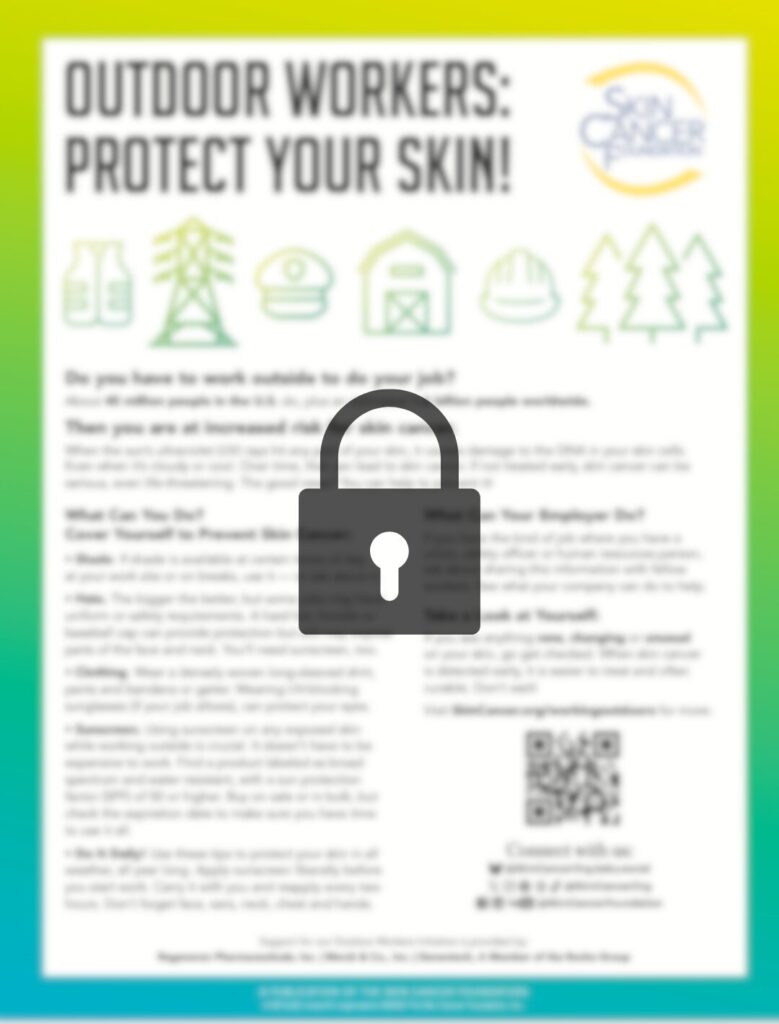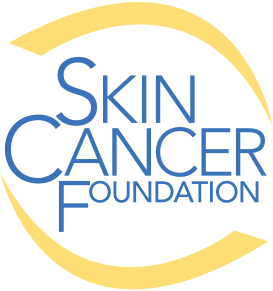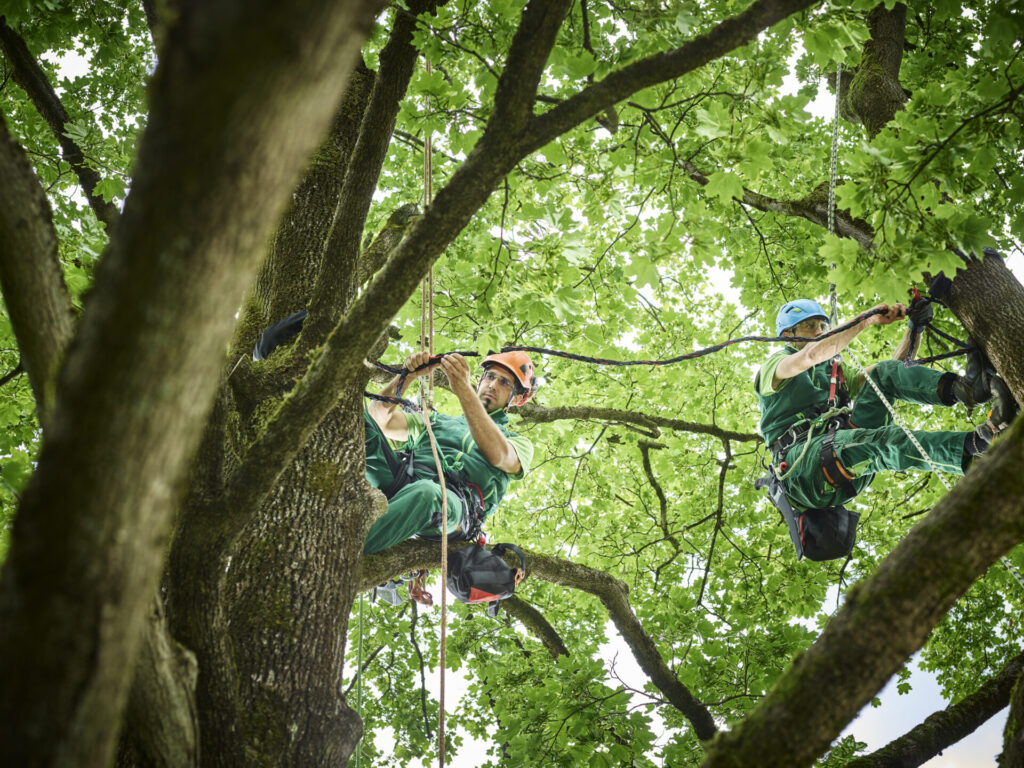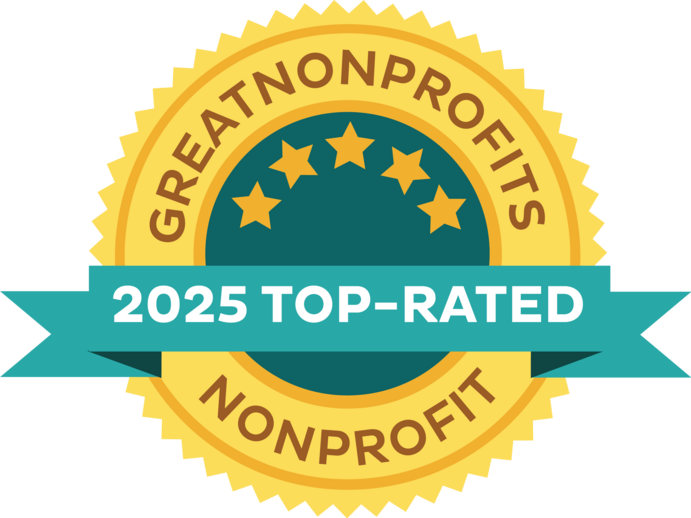Westend61/Getty Images
The risk of serious skin cancer is not always from too much fun in the sun. For millions of laborers around the world, it is an intrinsic part of their daily duties.
By Lorraine Glennon
For most of us, skin cancer risk retains its association with leisure. We envision soaking up rays on a beach, on the ski slopes or while boating on a brilliant summer afternoon — and not always remembering to apply or reapply sunscreen. The true picture, though, is more often related to work than pleasure.
For people whose livelihoods require them to work outdoors, repeated sun exposure, and the heightened risk of skin cancer that results, has nothing to do with recreation. It is an inescapable, and sometimes even grueling, feature of their daily jobs. Yet outdoor workers, their employers and their governments have been slow to recognize this ubiquitous on-the-job hazard for the dangerous, even deadly, health threat that it is. As rates of skin cancer among this vulnerable population have soared, the global medical community is finally sounding the alarm. Here, The Skin Cancer Foundation takes a look at the scope of this largely overlooked problem and how it can be managed.
Who’s at Risk?
Think farmers, construction workers, boat crews, groundskeepers, postal workers, ski instructors, highway maintenance workers, pro athletes and their coaches, firefighters, roofers, lifeguards, police officers, park rangers and members of the military, to name just a few. Basically, anyone who earns their living outside in daylight, whether on land, on water or in the air, is included in the massive number of workers in this risk group.
How massive? In the United States alone, about one-third of all workers, or nearly 45 million Americans, were exposed to the outdoors as a major part of their jobs, according to 2024 data from the U.S. Bureau of Labor Statistics. In certain professions, nearly 100 percent of the workers are subject to outdoor exposure.
The global numbers are almost as staggering. Worldwide, 1.6 billion people of working age (15 years or older) are exposed to solar UV radiation while working outdoors. That’s roughly 28 percent of all working-age people, according to 2023 estimates based on data gathered during a seven-year, 183-country research project from the World Health Organization (WHO) and the International Labor Organization (ILO).
The Deadly Cost of Making a Living
Luckily, mortality rates for skin cancer, the world’s most common cancer, are starting to decline, thanks to greater public awareness and new, more effective treatments and therapies. But the statistics for outdoor workers are sobering (and in all likelihood underreported): Occupational skin cancer accounts for one in three deaths globally from nonmelanoma skin cancer (NMSC).
According to the WHO/ILO research, on-the-job exposure to UV radiation raises by 60 percent a worker’s risk of NMSC (the two most common types are basal cell carcinoma, or BCC, and squamous cell carcinoma, or SCC). Research suggests that SCC now outpaces melanoma in the annual number of deaths it causes. It also raises the risk of SCC’s frequent precursor, actinic keratoses (AKs), lesions on the skin that can become cancerous. “SCC is the skin cancer that is most linearly associated with sun exposure, and we want to raise awareness of the risk,” explains Henry W. Lim, MD, a dermatologist at the Henry Ford Medical Center in Detroit and current president of the International League of Dermatological Societies (ILDS). “Melanoma and BCC are also related to sun exposure, and working outdoors in the sun raises the risk there as well. But the relationship is less direct than with SCC.”
The WHO/ILO research survey revealed that, among work-related risk factors, UV exposure has the third-highest burden of cancer deaths in the world. In other words, these stunning data mean that working outdoors in the sun is, as CNN noted in its reporting on the survey, “the third largest occupational carcinogen, behind only asbestos and silica dust.”
A Global Problem, A Global Call to Action
Published in the journal Environment International at the end of 2023, the WHO/ILO report was a collaborative effort by dermatologists, epidemiologists, health scientists, researchers and medical professionals around the world. They collected and analyzed almost two decades worth of data to document the relationship between outdoor work and nonmelanoma skin cancers. The verdict was unequivocal, as plainly stated by Tedros Adhanom Ghebreyesus, PhD, director-general of the WHO, when the agencies released the dramatic findings: “Unprotected exposure to solar ultraviolet radiation at work is a major cause of occupational skin cancer.”
But Dr. Ghebreyesus followed up this announcement with a note of cautious optimism. “There are effective solutions to protect workers from the sun’s harmful rays and prevent their deadly effects,” he said, before issuing an urgent call to action to governments around the world to come together in a global effort to tackle the problem. Some of the recommendations that emerged from the WHO/ILO survey include legislative and policy efforts to officially recognize NMSC as an occupational disease caused by solar UV radiation; to insure accessibility to early screenings and therefore early treatment; to improve coordination among countries in the collection and analysis of data around NMSCs; to conduct public-service media campaigns to inform the public about sun protection; and to encourage employers to provide more, and better, on-the-job protections to workers to minimize their UV exposure.
A Worker’s Fundamental Right to Safety
Along with the near-universal recognition that UV radiation causes skin cancer in outdoor workers, there is a growing international commitment to the idea that “a safe and healthy working environment is a fundamental right,” as Gilbert F. Houngbo, director-general of the ILO, puts it. “It is urgent that governments, employers, workers and their representatives work together in a framework of well-defined rights, responsibilities and duties to reduce the occupational risk of UV exposure. This can save thousands of lives every year.”
Houngbo might have added that it could save a lot of money as well: In the United States, approximately $100 million a year in worker productivity is lost as a result of absence from work or restricted activity at work because of skin cancer, according to data from the Centers from Disease Control and Prevention (CDC). And the medical costs of treating approximately 5 million Americans with skin cancer each year are an estimated $8.1 billion.
Of course, governments and employers around the world vary widely in the rights they extend to workers, particularly outdoor workers. Many of them, as Houngbo notes, are “informal” members of the labor force who work temporary, episodic jobs — doing itinerant farm work, for instance, or collecting recyclable materials, often without employee benefits.
Building coalitions between workers and employers can be more difficult in some countries than in others. In the U.S., the Occupational Safety and Health Administration (OSHA) is the federal agency responsible for regulating workplace safety for most public and private employees. But many outdoor workers may not fall under OSHA’s umbrella of protection, such as those who are independent contractors, self-employed or working for an employer with fewer than 10 employees; a government employee whose job may come under the aegis of a different agency; or a family member working on a family-run farm.
And while OSHA regulations recognize sun exposure as a work hazard, the federal agency has largely left the specifics up to the state OSHAs to administer. But whether mandated and government-enforced or voluntary, basic protective measures need to be in place at outdoor work sites. Because skin cancer develops over decades of sun exposure, these protections should be there for workers from a young age.
What You Can Do
It’s crucial for outdoor workers to adopt daily sun protection strategies and to prioritize regular skin checks to detect skin cancer early, when it is easiest to treat and cure. Learn more about how outdoor workers can advocate for themselves on our “Working Outdoors and Skin Cancer” page.
In an Ideal World: A Wish List for Employers of Outdoor Workers
- Equip the workplace with cooling areas that provide shade, such as tents, awnings, trees or indoor spaces. Provide flexibility in work schedules and tasks so that workers can minimize exposure during the sun’s most intense hours, between 10 AM and 4 PM.
- Provide regular breaks that allow workers to remove themselves from direct sunlight.
- Provide easy, unlimited access to clean drinking water.
- Provide free access to broad-spectrum sunscreen with a minimum SPF of 50. Train workers in how to apply it, then reapply after two hours, to be most effective.
- Provide workers with sun-protective clothing, such as broad-brimmed hats with a neck shield, tightly woven long-sleeved work shirts, long pants, work gloves and polarized sunglasses with UV-protective lenses.
- Monitor and post each day’s UV index in a visible spot. If the UV index exceeds 3, remind workers to use sun protection measures.
- Provide information and training to educate workers about the hazards of excessive UV exposure.
- Provide information and on-site first-aid treatment to relieve sunburn if it occurs. Stock products such as aspirin and ibuprofen, aloe vera gels or lotions and hydrocortisone cream.
Lorraine Glennon is a writer and editor who lives in Brooklyn, New York. She deeply regrets that today’s highly effective sunscreens and UPF clothing were not available during her rural Midwestern youth, when her summer job of “walking beans” involved using a long-handled sickle to cut away weeds in the perpetually sun-soaked soybean fields of local farmers.






